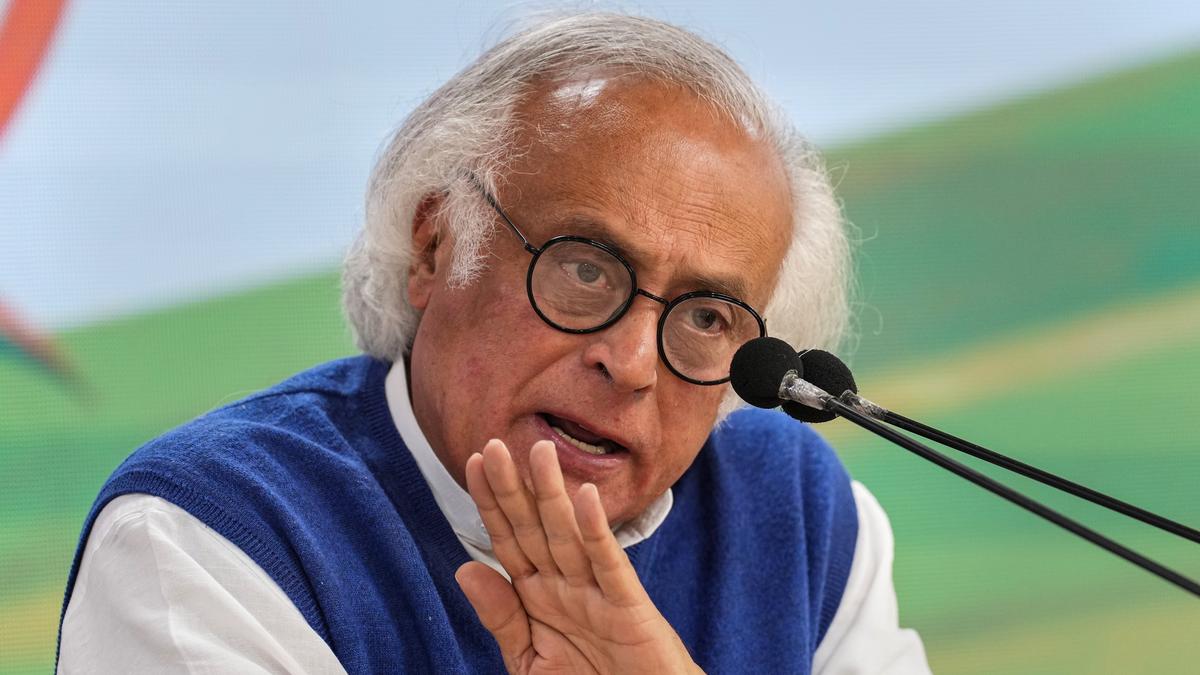Two hikers in the Krkonose Mountains of the Czech Republic found a mystery box. It was full of gold coins, jewellery and other items. The anonymous hikers found the mystery box while walking through a forest.
The aluminium box contained 598 gold coins, 10 gold bracelets, 17 cigar cases, a powder compact, and a comb. The hikers gave the treasure to the Museum of Eastern Bohemia in Hradec Kralove.
Experts believe the items are around 100 years old as one coin is from 1921. The treasure may have been hidden during the tense times before World War II, either by Czech and Jewish families leaving the area or by Germans in 1945.
“The finders came to our museum’s numismatist (coin expert) without a prior appointment. Only after that did archaeologists begin to deal with the find and set out to explore the site,” Miroslav Novak, the head of the archaeological department at the museum, told CNN in an email.
“It is most likely related to the turbulent period before the start of World War II, when the Czech and Jewish population was leaving the border area, or to 1945, when the Germans were leaving,” Novak added.
The exact reason why and who hid the treasure is still a mystery. Archaeologists are now studying the site and its items to learn more. This lucky discovery has caught the attention of both experts and the public.
The gold stash is worth about $360,000 (over ₹3 crore) just for its coin value. The coins weigh 3.7 kg and are mostly of Balkan and French origin.
Oddly, no local or German coins were found. Two cigar cases in the box are still sealed.
Locals have shared many theories about the treasure’s origin. Some believe it belonged to a rich family while others say it could be war loot from Czechoslovak soldiers.
Who left the treasure hidden?
The latest coin in the treasure found in the Czech forest is from 1921. Referring to that, historian Mary Heimann says this was a time of financial crisis and instability in Czechoslovakia.
So, it’s not surprising someone may have hidden gold then. She doubts the treasure was hidden in 1945 as no coins from that time were found. The person might have been a collector, a museum worker or even a thief.
“(The person who hid the coins) could have been a collector or someone who worked in museums. Or someone who stole a collection from somewhere. This is borderland territory, it separates what’s today the Czech Republic — what was in the past Czechoslovakia — from Poland,” Heimann told the publication.
Once tests are done, the treasure will be kept in the museum. By law, it belongs to the local government. However, the finders will receive a reward.






